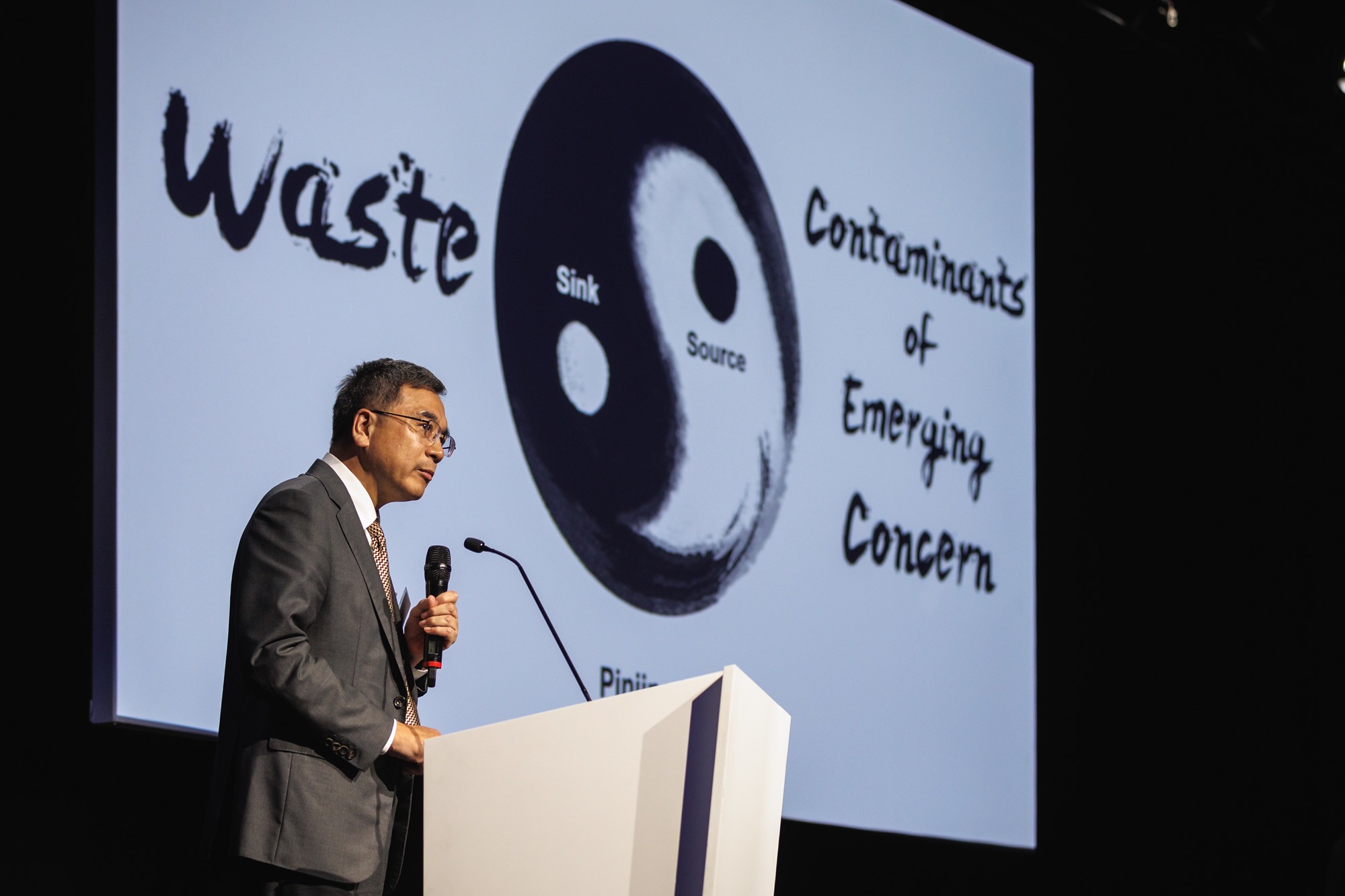In a little less than a month, for one week in Cagliari (Italy), the world’s leading experts will gather at the Sardinia Symposium to discuss environment, waste management, resource recovery and sustainable landfilling. On Monday 13 October, in the setting of Forte Village Resort in Santa Margherita di Pula, the 20th edition of Sardinia — International Symposium on Waste Management, Resource Recovery and Sustainable Landfilling — will open, with 500+ delegates from 49 countries.
Sardinia 2025 is organised by the International Waste Working Group (IWWG), with the scientific involvement of the Universities of Padua, BOKU (AT), Tongji (CN), and the Technical Universities of Hamburg (DE) and Luleå (SE). The event is under the auspices of the Italian Ministry of the Environment and Energy Security, ISPRA, ENEA and the “Tavolo di Roma”, and is promoted by numerous international bodies. Sardinia 2025 is also endorsed by RUS — the prestigious Network of Sustainable Universities. The biennial Symposium, held continuously since 1987, is the world’s most important (and first) conference on waste management and is the reference forum for the scientific community active in the field. The 2025 edition will open with an inaugural lecture that widens the perspective. Prof. Matilde Nardelli (University of West London) will deliver the Opening Lecture “Waste and the Image: The Lure of (Im)materiality, from Celluloid to AI slop” (Monday 13 October, 10:00–10:30): a viewpoint not strictly engineering‑focused, bringing into focus imagery, visual culture and new technologies (AI) applied to the topic of waste. The opening morning will be preceded by institutional greetings and will continue with the Introductory Lectures.
During the Symposium, the international “Sardinia — A LIFE FOR WASTE” Award, established in 1999 to honour scientists who have devoted their career to advancing waste‑management science and technology, will be conferred. This year the award goes to Professor Thomas H. Christensen (Technical University of Denmark), who will receive the traditional silver “navicella nuragica” by Sardinian sculptor Franco De Giorgi during the official ceremony on Friday 17 October in the presence of the authorities.
Programme
The scientific programme of Sardinia 2025 features eight parallel tracks presenting over 400 papers. Activities include Oral Sessions, Workshops (deep dives with introductory lectures to stimulate debate), Active Labs (hands‑on laboratories on real cases, working in teams with peers and experts), and Poster Sessions. In addition, four Focus Sessions — plenary meetings on topics of high public interest — will be held: after a state‑of‑the‑art introduction and inputs from 2–3 experts, a moderator will guide a talk‑show‑style discussion with the audience. Some “hot topics” and key moments of the week:
Textiles — EPR and 2025 collection
With the EU obligation for separate textile collection coming into force by 2025, the sector is at a turning point. The programme ranges from Italy’s “Traccia‑TO” project on scalable collection and citizen engagement, to case studies on Denmark and Bangladesh (including an LCA on using jute as an alternative to plastic), and a Focus Session moderated by Andreas Bartl (TU Wien) bringing academia and industry together to address the main issues. Of note: Session A10 “Textile recycling” (16 October, 11:00–12:30), where the Oniverse Group (Calzedonia– Intimissimi) will present LIFE RE‑TIGHTS, a project proposing a circular, sustainable solution for end‑of‑life tights, alongside contributions on the role of green chemistry in recycling polyester/cotton composite fabrics. A key appointment to understand how industry and research are translating EU targets into operational models.
Lithium batteries and critical materials
In light of the new EU Batteries Regulation, pioneering processes and integrated approaches will be presented — from eco‑design to environmentally compatible battery recycling (Session A08 “Recycling of lithium batteries”; 15 October, 17:30–19:00). The workshop “From waste to valuable battery — Success factors for an efficient battery take‑back system” will explore European models of collection, digitalisation and closed loops, co‑designing with participants an efficient take‑back system.
AI and digital solutions for waste
From multispectral drones with YOLO‑transformer models for C&D waste classification, to computer‑vision pipelines for characterisation, all the way to digital twins for landfill optimisation: the AI & digital sessions showcase ready‑to‑use applications and metrics to measure algorithm performance. Sessions: E01 “Large Language Models in waste management” (13 October, 15:30–17:00); E05 “AI and digital solutions for optimising food waste management” (14 October, 17:30–19:00); FOCUS SESSION I “AI in Waste Management: curse or blessing?” (14 October, 15:30–17:00).
Microplastics — measuring to decide
New studies take stock of the presence and fate of microplastics: from the Danube to African ecosystems (analyses on organs of wild fauna), to their role in metal mobility in landfills and effects on biological processes (e.g., anaerobic digestion). Portable methods for detection are highlighted, including Raman spectroscopy. Sessions: A12 “Environmental microplastic contamination” (17 October, 09:00–10:30); G13 “Fate of microplastics in waste and wastewater management” (17 October, 11:00–12:30).
Food waste
From AI‑based solutions in HoReCa (large‑scale interventions and digital registers), to analyses of behavioural and demographic drivers in household waste; from redistribution to the design of more efficient supply chains; and measurable, replicable cases for cities and retail (including the experience of Too Good To Go). Sessions: B03 “Food waste reduction / redistribution programmes” (14 October, 09:00–10:30); B04 “Food waste monitoring and control in schools and households” (14 October, 11:00–12:30); E05 “AI and digital solutions for optimising food waste management” (14 October, 17:30–19:00).
Key figures for “Sardinia” 2025
In response to the Call for Papers, the Scientific Committee received 483 submissions from 56 different countries. After the selection process, around 400 papers were accepted, coming from: Australia, Austria, Bangladesh, Belgium, Bulgaria, Brazil, Canada, China, Czech Republic, Denmark, Estonia, Finland, France, Georgia, Germany, Greece, Hong Kong, Honduras, Iceland, India, Indonesia, Ireland, Italy, Japan, Kazakhstan, Latvia, Lebanon, Lithuania, Morocco, Netherlands, New Zealand, Norway, Poland, Portugal, Qatar, Saudi Arabia, Singapore, Slovenia, South Africa, South Korea, Spain, Sweden, Turkey, United Kingdom, United States. The number of registrants currently stands at 415; based on projections from previous editions, approximately 600 participants are expected.

